Repotting Large Outdoor Plants: What You Need to Know

From knowing when it's time to repot, to choosing the right container and getting the job done with confidence, I'm here to help you replant your large outdoor plants. Repotting big plants can feel like a daunting task, but with the right tools, tips, and a little know-how, it’s entirely manageable. I've tried to cover everything I wish I'd known when I started out, but if there's any info you think is missing, please let me know in the comments so I can add it in!
Whether you're refreshing a tired-looking pot or giving your favourite plant more room to grow, I'll walk you through the signs to look out for, how to pick the right pot, and each step of the process. All backed by years of personal, hands-on experience.
How do I know when my outdoor plant needs repotting?
There are a few key signs to look out for as a warning that your plant is getting too big for it’s old room
- Root circling - Pictured above, when roots run out of space, they will start to circle the planter, becoming girded and strangling other roots. This hurts the plants ability to transport nutrients. You may also see roots poking out of drainage holes at the bottom of the pot.
- Poor water retention - This could be a sign that your soil has degraded or that your plant’s roots are taking up the available space in the soil.
- Slowed Growth - If your plant is struggling to grow, then it likely means it has outgrown its current pot and doesn’t have sufficient nutrients to thrive.
- Cracked or Degraded Pot - A damaged planter isn’t just an eyesore, it can disrupt proper drainage and cause root rot.
By keeping an eye open for these warnings, you should ensure that your plant remains strong and healthy as it grows.
What’s the best time of year to repot outdoor plants?
To give your plants the best chance when repotting, you should avoid doing so in harsh or extreme conditions. The process of repotting by itself already causes your plant stress, which can be made worse by high heat or freezing cold. Opt for Spring or early Autumn, when the temperatures are milder.
How much bigger should the new planter be?
When replanting a large plant, you should aim for a new pot that is 2-4 inches (or 5-10cm) wider than the current one. ‘Overpotting’ in a planter that is too big risks root rot, stunted growth, and leaf yellowing due to excessive moisture and oxygen deprivation in the roots. ‘Underpotting’ or using a planter that is too small, is unlikely to fix the problems for long. You can use the filter on the Large Outdoor Planters collection to narrow down your selection and make sure the planter is right for you.
Which material should I choose for my planter?
There are a wide selection of planters in different materials to choose from. The three I recommend here are: fibreglass, Corten steel, or wood. Each material has its own charm and benefits to consider before making your choice. Of course, traditional terracotta is also an option, but I find that even frost-resistant terracotta can crack and degrade after a few years. The materials I have listed should last much longer.
Fibreglass Planters
Why choose them:
- Lightweight: Easy to move, especially in larger sizes.
- Weather-resistant: Doesn’t crack in frost, warp in sun, or degrade over time.
- Flexible finishes: Can mimic other materials like beaten copper or terracotta without the weight or the fragility. Even though I know the above planters are fibreglass, I'm still amazed at how realistic the effect is.
Best for: Roof terraces, balconies, and anywhere weight is a concern but you still want a sleek finish. Learn more about Bespoke Fibreglass.
Corten Steel or Metal Planters
Why choose them:
- Modern Edge: Rich rust-like patina gives a striking architectural look.
- Durable: Designed to weather beautifully, Corten steel actually gets stronger with age as the outer layer seals itself.
- Low Maintenance: Doesn’t require painting or sealing.
Best for: Contemporary spaces, feature planting, and structural displays.
Wood Planters
Why choose them:
- Natural aesthetic: Blends beautifully with garden surroundings and softens hard landscaping.
- Good insulation: Protects plant roots from extreme temperatures.
- Customisable: Easy to stain, paint, or build into bespoke sizes.
Best for: Traditional gardens, raised beds, or when you want a warm, organic feel.
How to Repot a Large Outdoor Plant
- Start by watering the plant well the day before repotting. Moist roots are more flexible and less likely to be damaged during the process.
- When you're ready to repot, tip the pot sideways and gently ease the plant out. Don’t be afraid to ask someone for help if the plant is very heavy. If the plant is stuck, you may need to tap the sides with a rubber mallet, slide a trowel or knife around the inside edge to loosen the roots, or, if the pot is brittle, carefully cut or break it.
- Once the plant is out, examine the root ball. Trim away any circling or densely matted roots, and gently loosen some of the outer roots to encourage new growth outward into the fresh soil.
- Add fresh soil to the bottom of the new container and position the plant so that the top of the root ball sits about 1 to 2 inches below the rim of the pot. Fill in around the plant with more soil, and tamp it down gently to eliminate air pockets.
Pro Tips
- Wheeled plant stands or pot caddies can save your back.
- For plants that outgrow even large containers, consider planting them in the ground or root-pruning to maintain size.
- Add slow-release fertiliser after a couple of weeks, not immediately, let the plant settle in first.
- When the climate turns freezing, ensure sure your pot is frost-resistant and raised slightly for drainage.
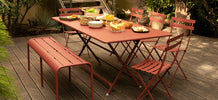






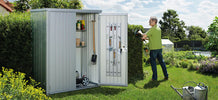





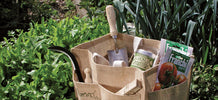










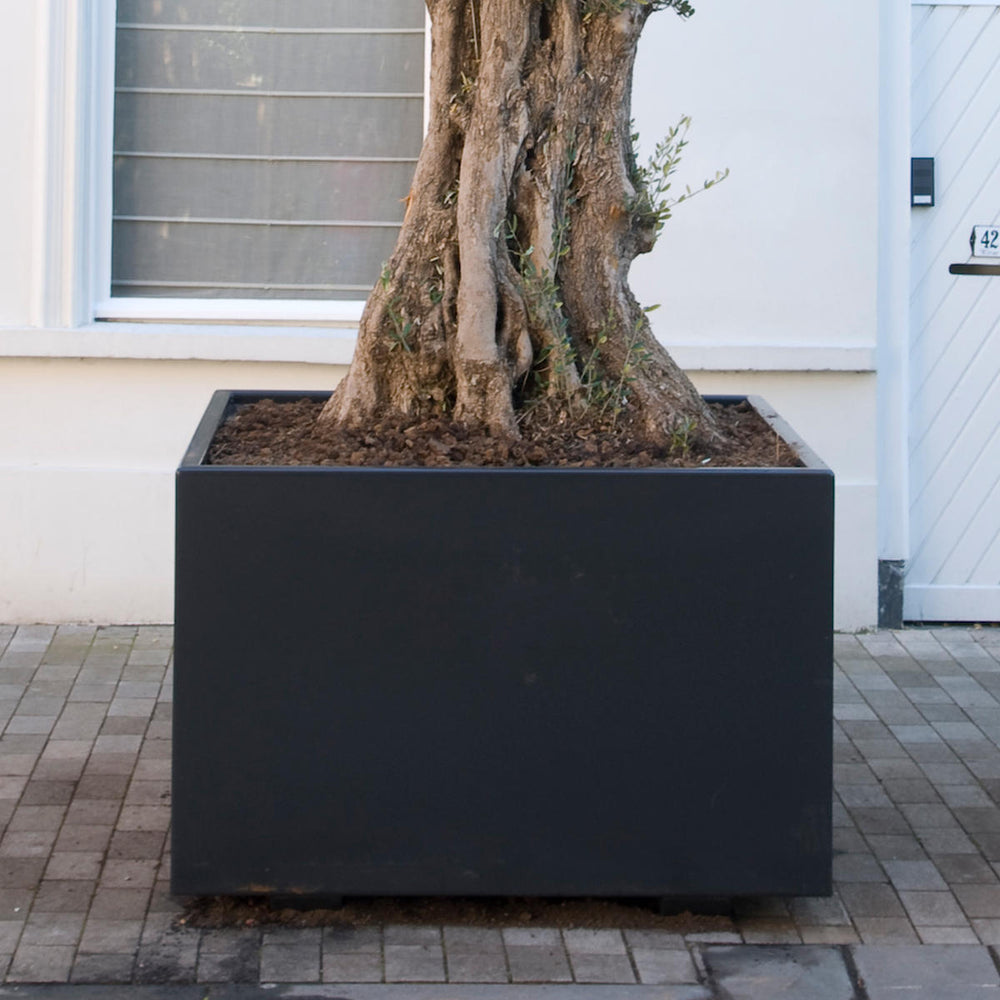

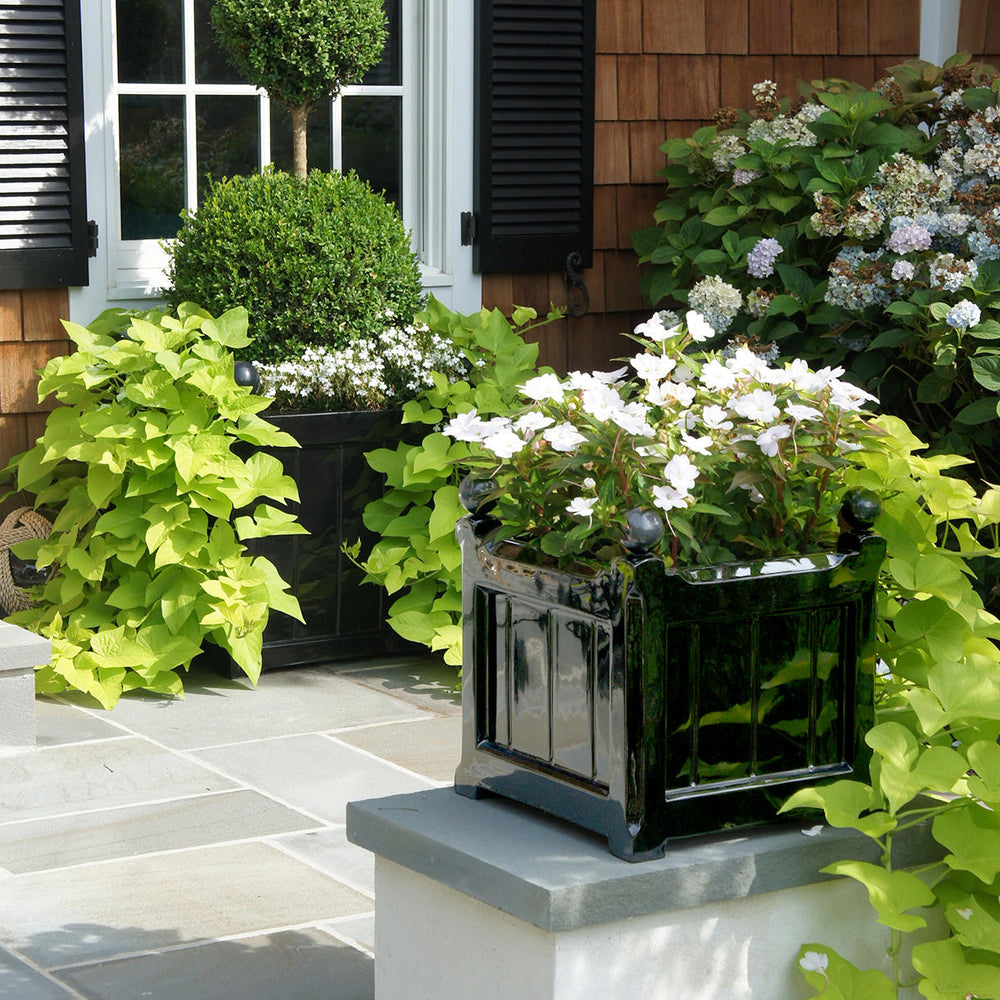

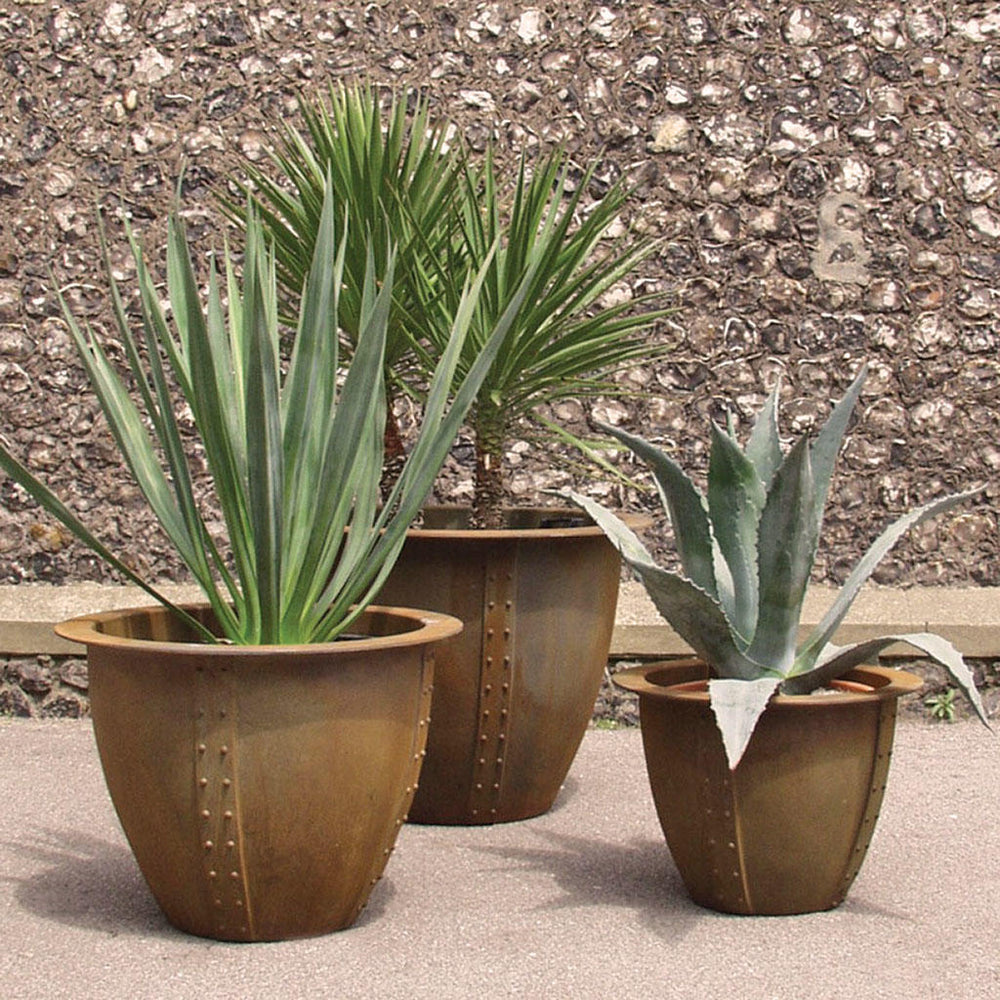
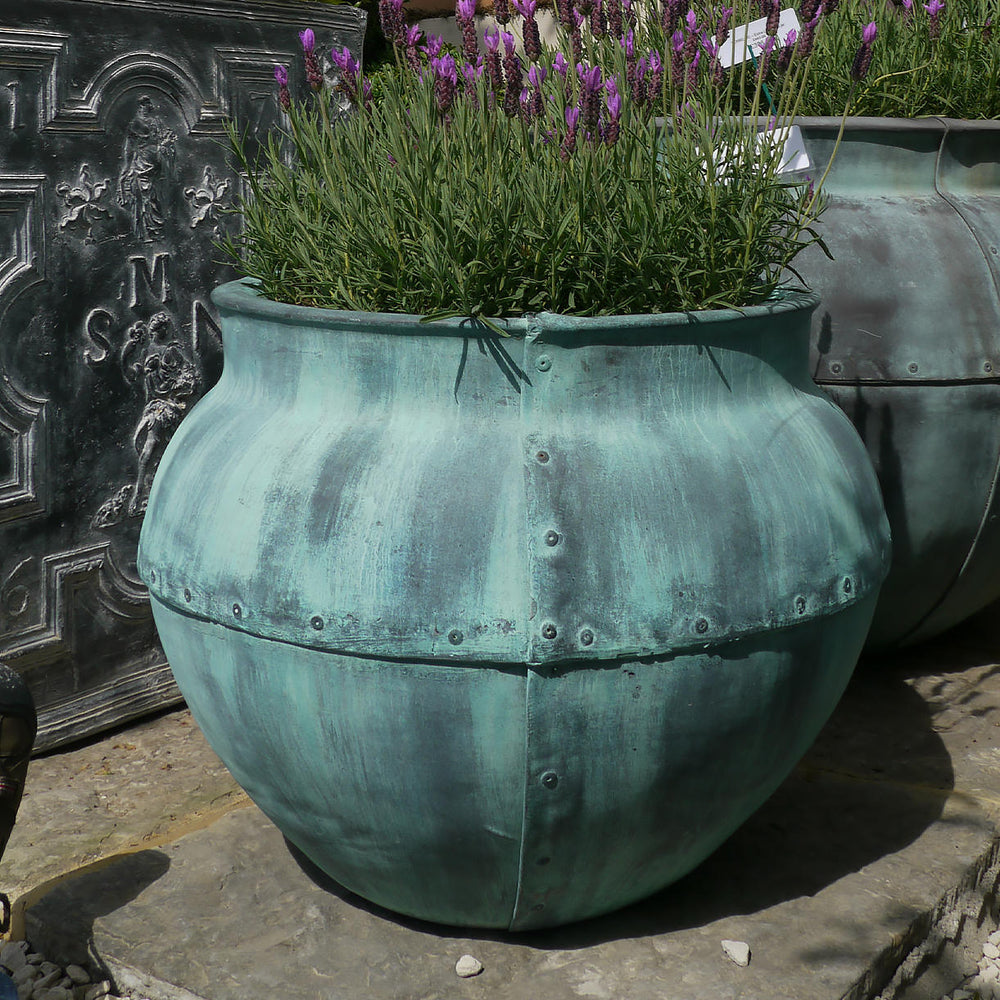
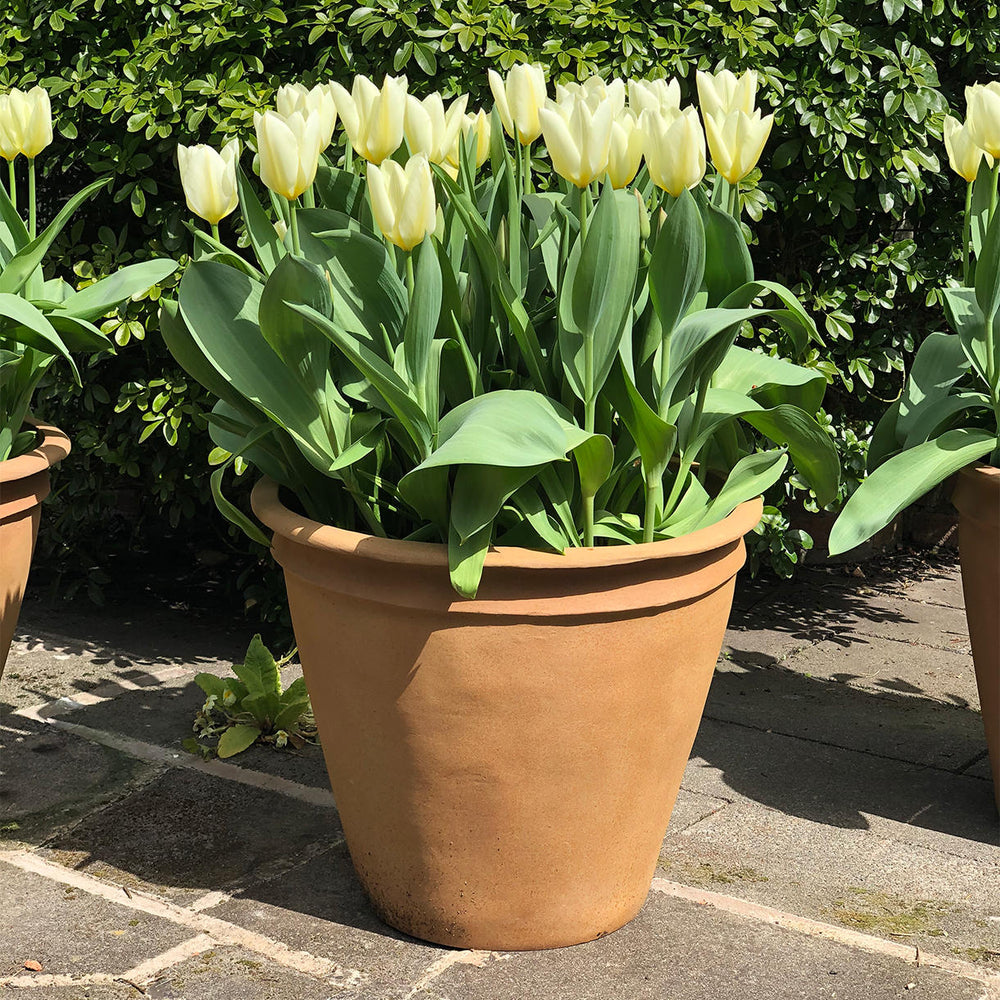
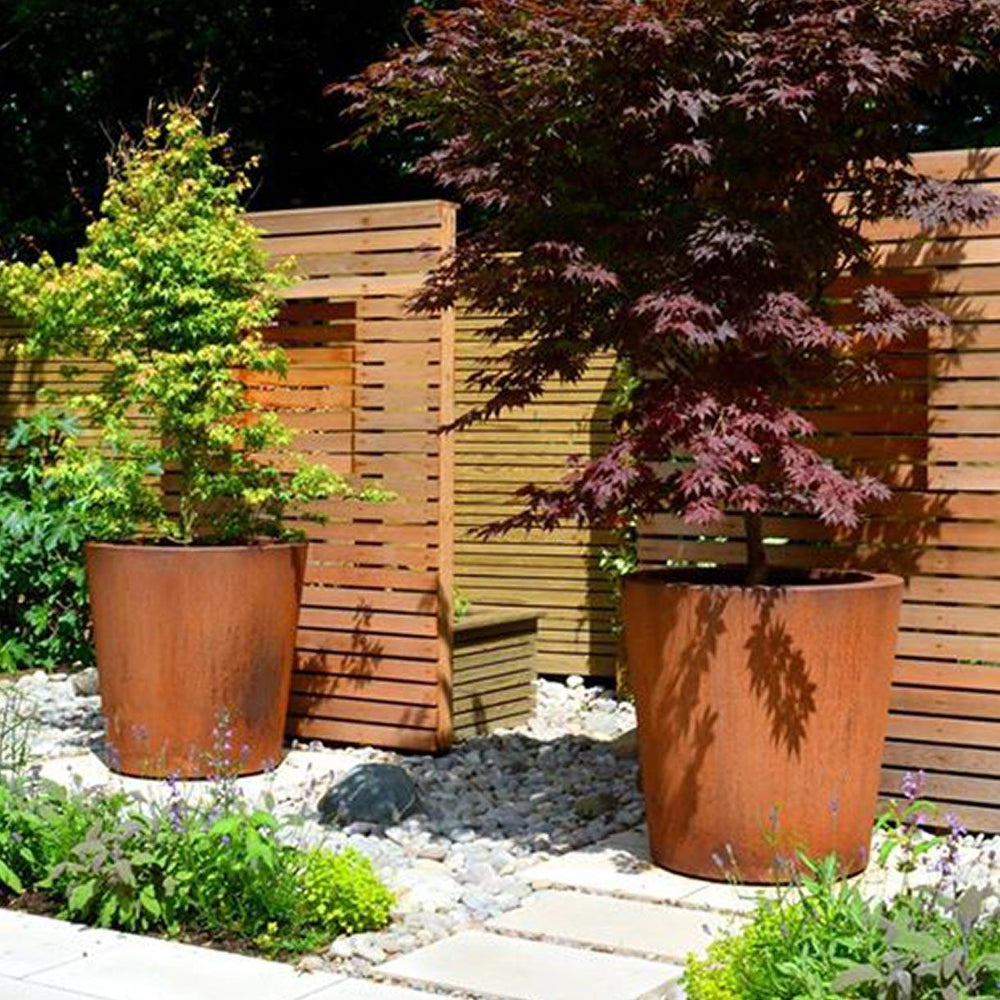
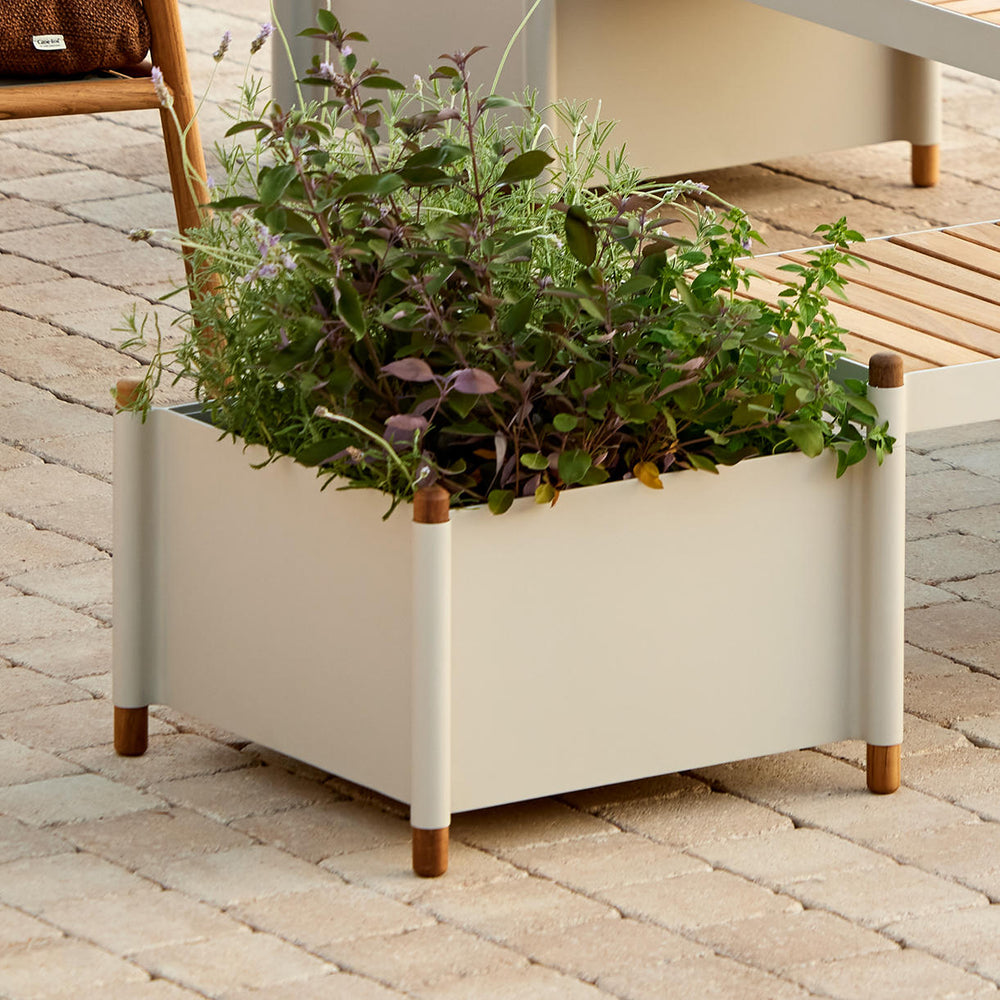
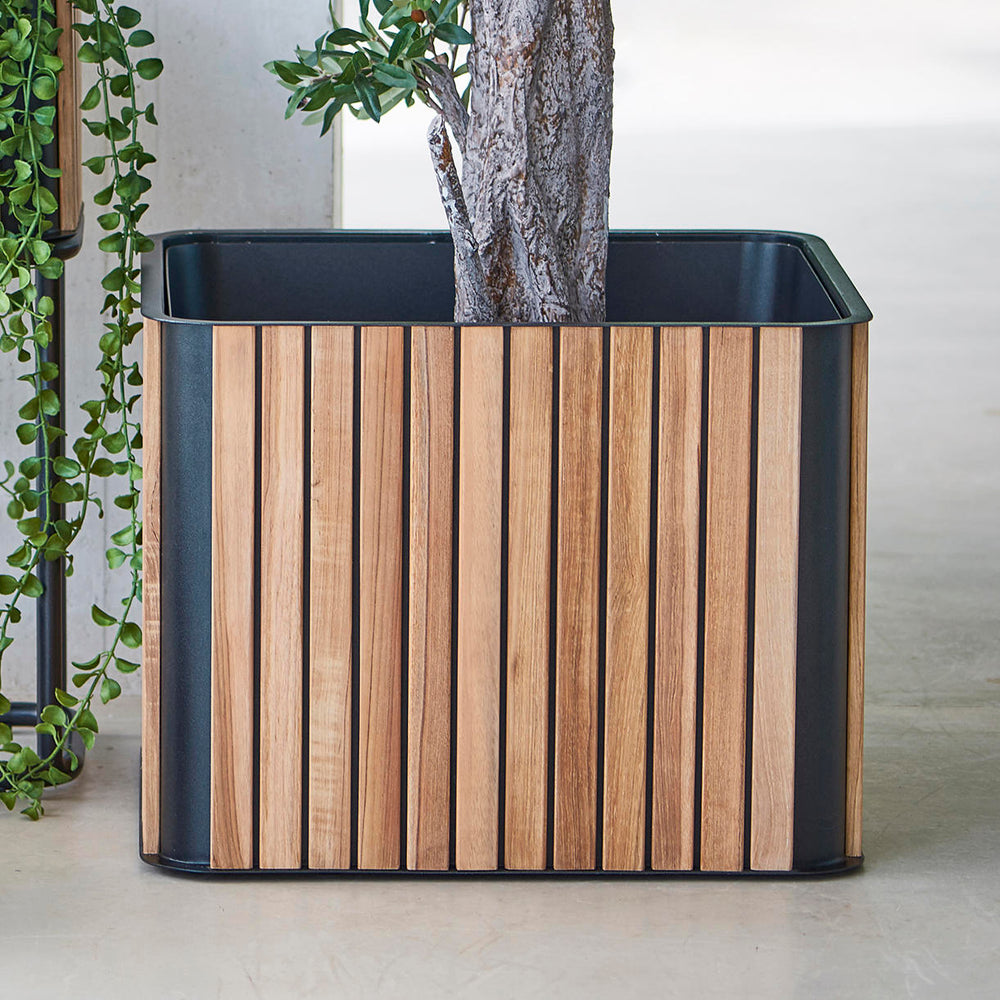
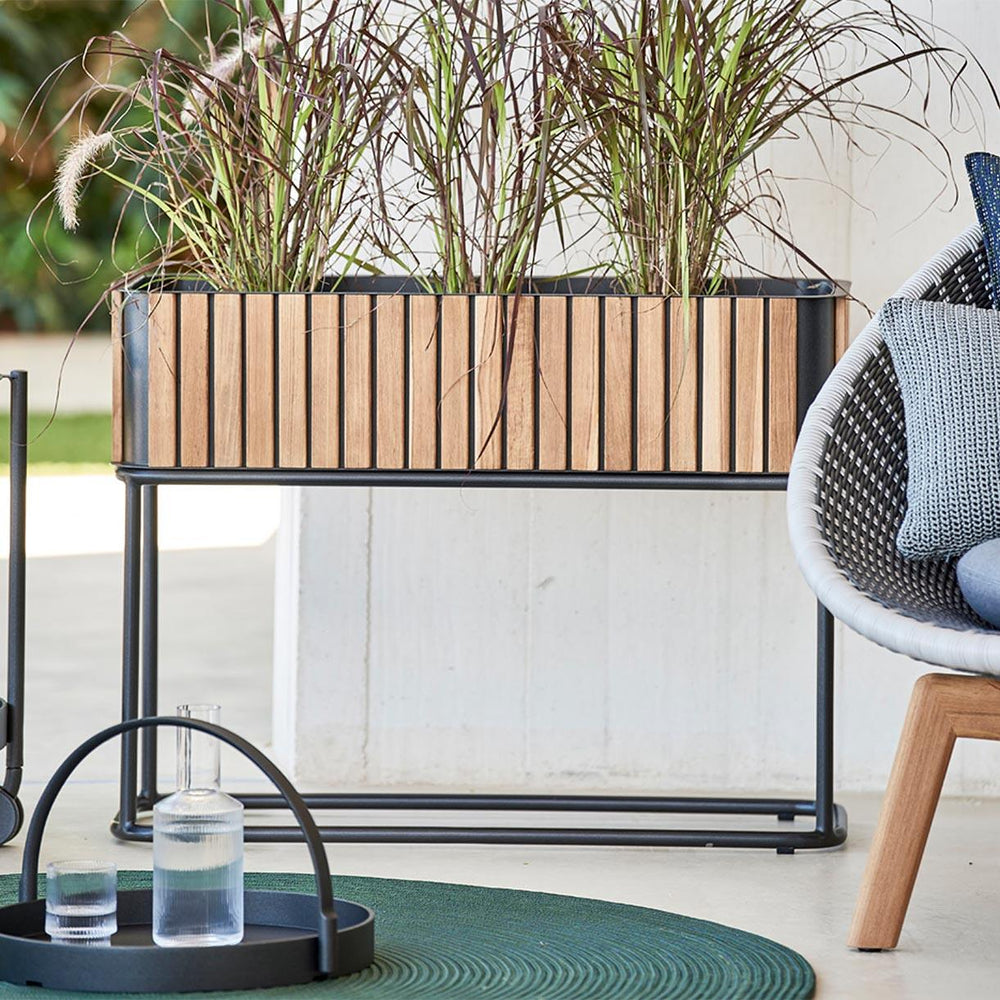

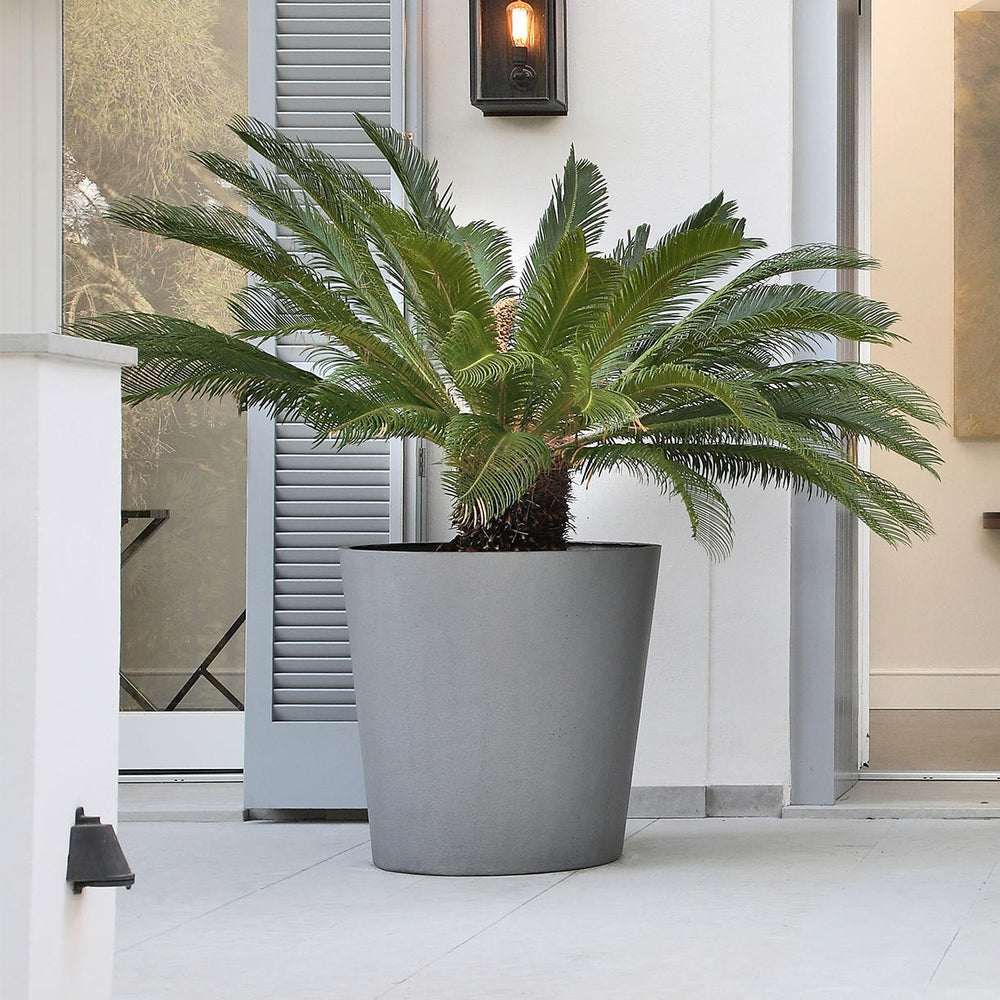


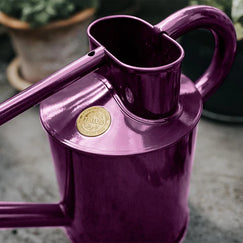

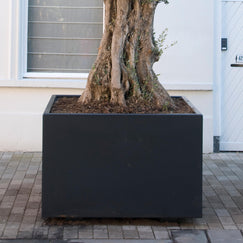



Comments